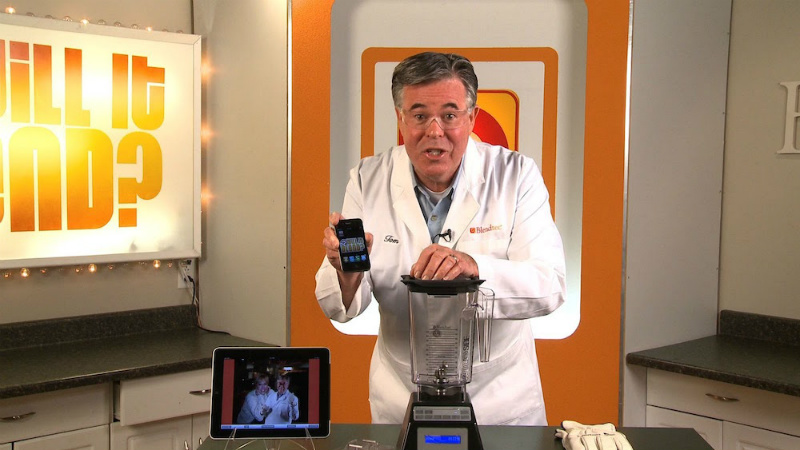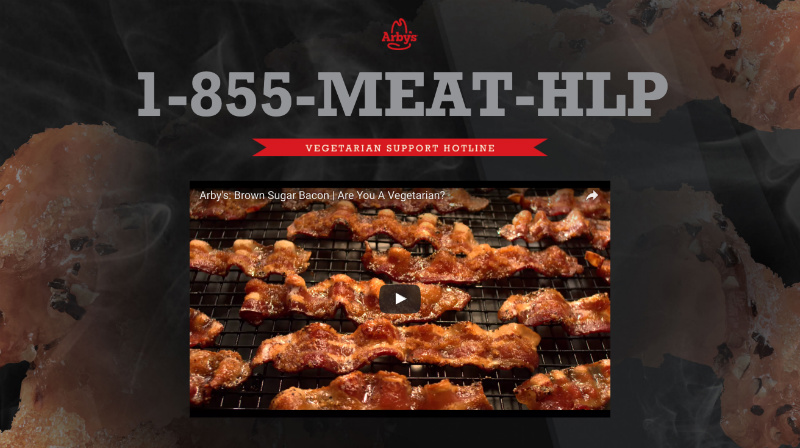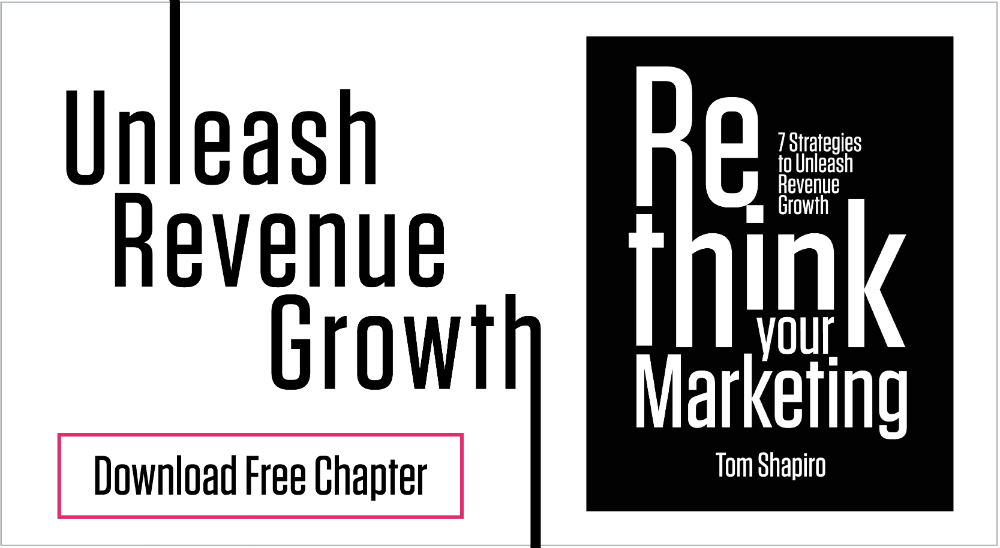Are these subjects for a new reality television series? Not quite. How about radical marketing techniques that drove extraordinary growth for their brands.
The world is evolving and for those in the marketing world, sticking to the “same old, same old” marketing vehicles may not necessarily be the best approach. To break out of the pack many creative marketers are thinking of new and different ways of getting their message out, and unleashing massive growth in the process.
Two companies in particular are showing how radical changes in marketing mix can achieve high levels of success.
“Mixing” Up a New Marketing Approach
The old saying that necessity is the mother of invention may be overused, but that doesn’t mean it can’t still be true. Just ask George Wright.
When Wright took over as Marketing Director for Blendtec, few people had heard of the blender and mixer company. Wright was charged with raising the company’s visibility, but he had a problem: he had virtually no budget. The owner of the company, Tom Dickson, preferred to invest in engineering and design. Wright had to get creative if he wanted to increase awareness of the Blendtec brand.
Wandering the factory floor one day, Wright came upon Dickson hard at work. That wasn’t surprising since the boss was a known tinkerer and was often seen engaged in some project or another. What Wright saw him doing, however, was startling.
He was grinding up a 2 x 2 board in one of the company’s blenders!
Wright quickly had a “eureka” moment. He decided to share what he had seen by turning out a series of videos titled “Will It Blend?” The star would be Dickson himself, dressed in a white lab coat, grinding up various objects in one of the company’s blenders.
The initial five videos cost $50, including the cost of the lab coat, the website domain, and the blending targets – a garden rake, a rotisserie chicken and a Big Mac Extra Value Meal. Many more objects would meet their demise at the hands of Dickson and his blenders as the series became an internet sensation.
The initial “Will It Blend?” videos attracted over six million views in five days. More videos followed featuring Dickson blending items such as an iPhone, iPad, Rubik’s Cube, Wii remote, tire repair kit, marbles, golf balls, and crowbar. In total, the videos have been viewed over 100 million times and Dickson has been featured on The Today Show, The Tonight Show, The History Channel, and others.
Within a year and a half of posting the videos, consumer sales increased 700 percent. In addition, Blendtec was able to generate incremental revenue streams from paid speaking engagements and revenue-sharing checks from video sites such as YouTube.
With a minimal budget but with a radical idea, Wright was able to provide an authentic demonstration of his product’s power, give a face and personality to the company, and dramatically increase the reach and recognition of the Blendtec brand
Eating Up Some Radical Marketing Ideas
Rob Lynch, the new CMO when he joined Arby’s, also faced a monumental challenge. The fast-food giant was floundering and he had to figure out a way to help turn it around. The brand marketing was being driven mostly by local store efforts, with little national guidance or coordination. The customer base was aging, fast. In fact, Arby’s had the second oldest customer base in the industry at the time. The average annual loss per restaurant hovered around $150,000.
Not only did Lynch have to resuscitate the business, he had to do it with a marketing budget one-tenth the size of his competitors. He knew he would have to use some unconventional – radical? – marketing techniques.
One of those ideas was Arby’s Vegetarian Hotline, which purported to help “struggling vegetarians” with their “carnivorous impulses.” It was an example of Lynch’s philosophy to transform the brand in a bold, non-corporate manner. He wanted the brand to resonate, especially with millennials, in a fun and authentic way.
He did that by fully embracing the power of social media. He rolled out new marketing initiatives with a message of pure love. Love of meat, that is. An actual Arby’s tweet read, “We love animals… on sandwiches.”
Lynch didn’t stop there. When comedian Jon Stewart said harsh things about the brand on TV, Arby’s didn’t fight back. Instead the company playfully engaged with him, sending Stewart and his staff free lunch after each public beat down. When Stewart announced his retirement from The Daily Show, Arby’s launched a pair of videos reminiscing about all of Stewart’s attacks on the brand, set to the theme of The Golden Girls television show. Arby’s fans gobbled it all up.
Through the brand’s new social monitoring channels, the company noticed that musician Pharrell Williams was wearing the type of hat featured in Arby’s logo. They engaged in a funny back-and-forth with him, requesting that he “return” Arby’s hat. This drove 90,000 retweets within 12 hours and ultimately led to Pharrell listing the hat on eBay and suggesting that Arby’s buy it back. Arby’s paid over $44,000 for it, with all the money going to charity.
The tactics are radical, but there is no arguing with the results. Arby’s recently announced that same-store sales have grown in each quarter over the past six years and that the company had outperformed the industry average for 15 consecutive quarters.
The message? If you want dramatic growth, sometimes it pays to get a little radical.






